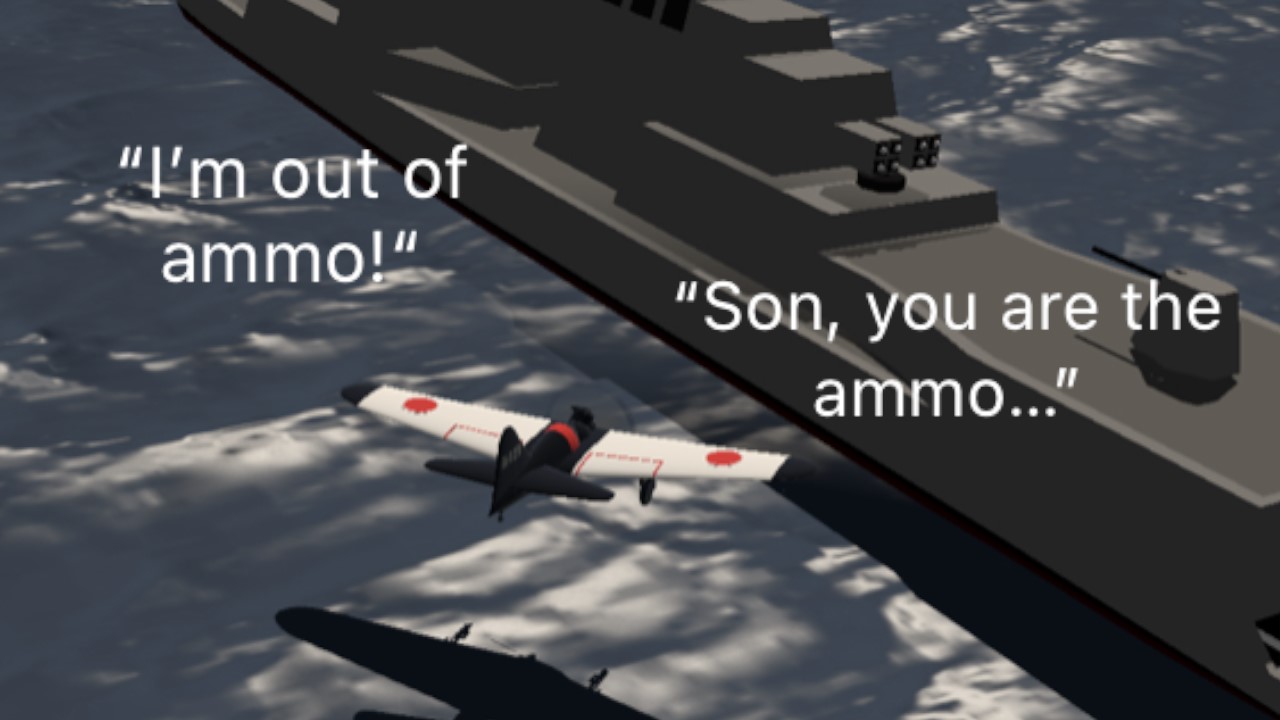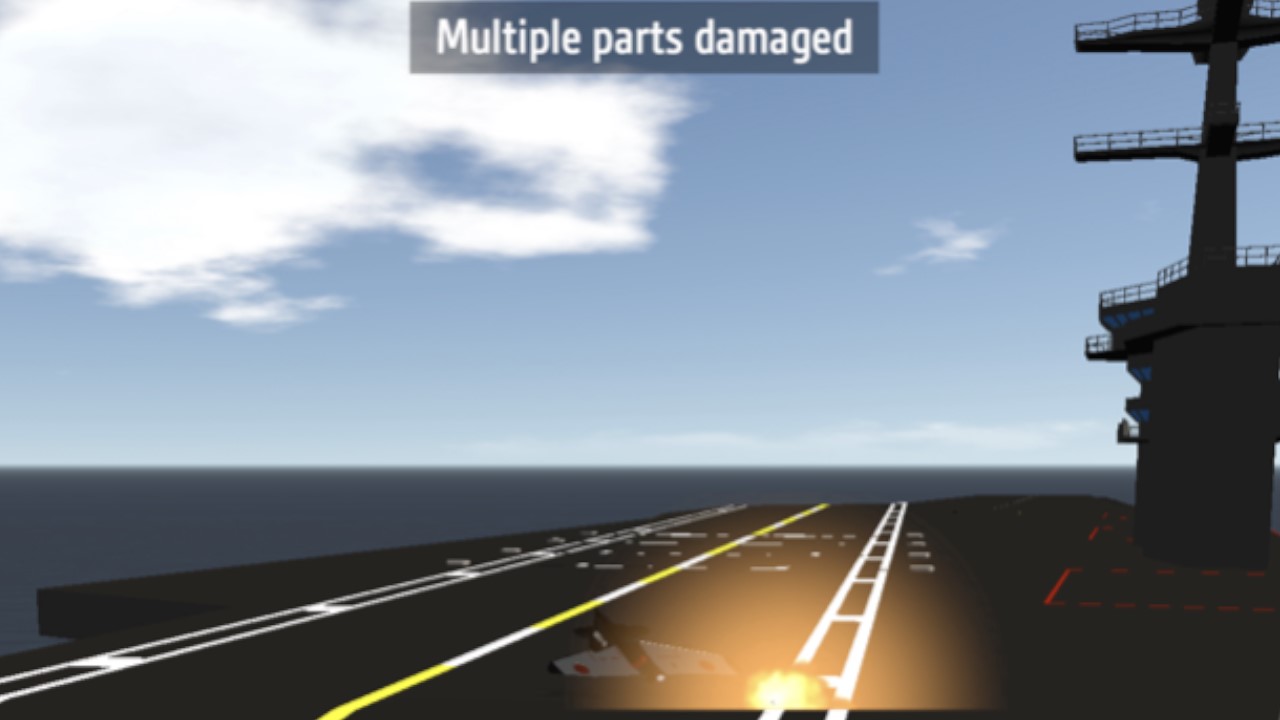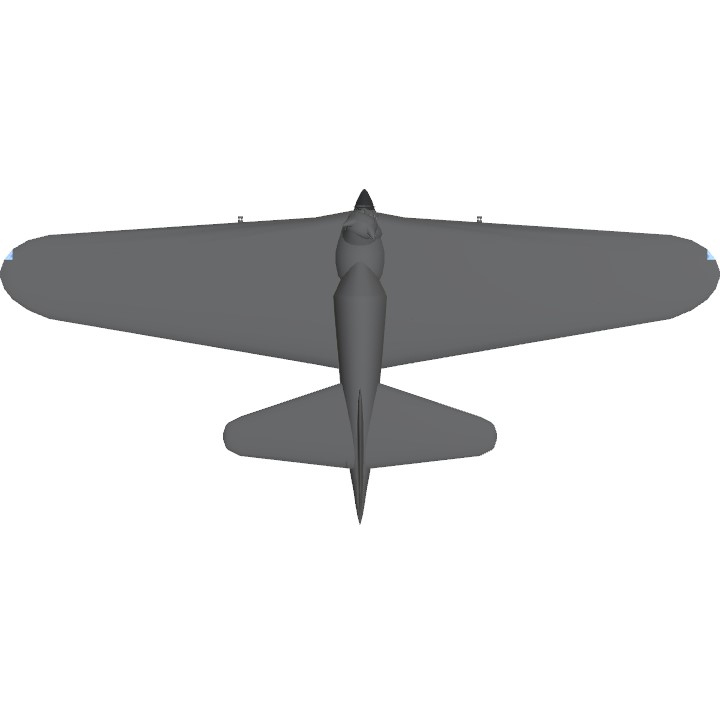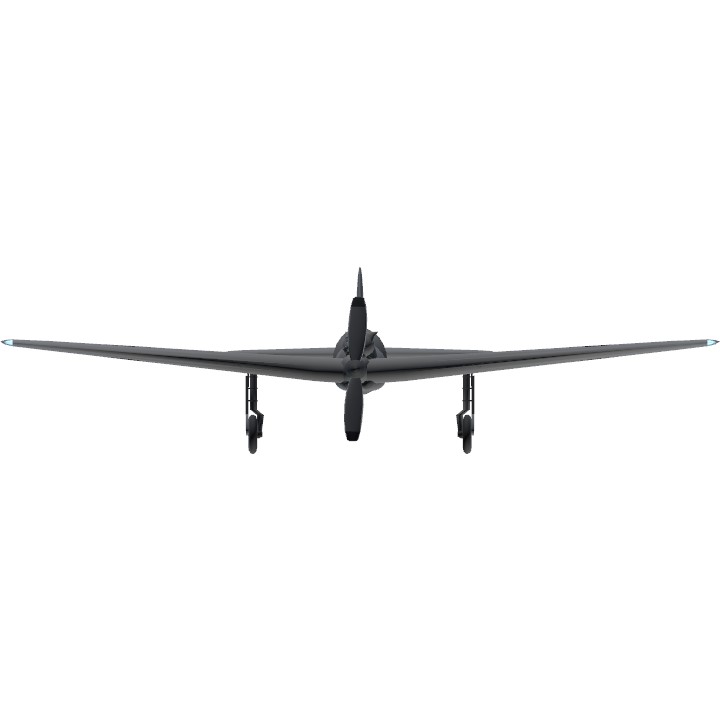(No I am not supporting any events that took place during World War 2, if you wish that something was said differently or you feel offended, please don’t hesitate to speak up. I will remove or edit this post.)
Hiiii 💥💥💥🛳?💥(wow only the 4th time)
Anyway here is lore of the kamikaze plane thingy
The Mitsubishi A6M "Zero" is a long-range carrier-based fighter aircraft formerly manufactured by Mitsubishi Aircraft Company, a part of Mitsubishi Heavy Industries. It was operated by the Imperial Japanese Navy (IJN) from 1940 to 1945. The A6M was designated as the Mitsubishi Navy Type 0 carrier fighter[1] (???????, rei-shiki-kanjo-sentoki), or the Mitsubishi A6M Rei-sen. The A6M was usually referred to by its pilots as the Reisen (??, zero fighter), "0" being the last digit of the imperial year 2600 (1940) when it entered service with the Imperial Navy. The official Allied reporting name was "Zeke", although the name "Zero" was used colloquially as well. The Zero is considered to have been the most capable carrier-based fighter in the world when it was introduced early in World War II, combining excellent maneuverability and very long range.[2] The Imperial Japanese Navy Air Service also frequently used it as a land-based fighter.
In early combat operations, the Zero gained a reputation as a dogfighter,[3] achieving an outstanding kill ratio of 12 to 1,[4] but by mid-1942 a combination of new tactics and the introduction of better equipment enabled Allied pilots to engage the Zero on generally equal terms.[5] By 1943, the Zero was less effective against newer Allied fighters. The Zero lacked hydraulic boosting for its ailerons and rudder, rendering it difficult to maneuver at high speeds. Lack of self-sealing fuel tanks also made it more vulnerable than its contemporaries. By 1944, with Allied fighters approaching the A6M's levels of maneuverability and consistently exceeding its firepower, armor, and speed, the A6M had largely become outdated as a fighter aircraft. However, as design delays and production difficulties hampered the introduction of newer Japanese aircraft models, the Zero continued to serve in a front-line role until the end of the war in the Pacific. During the final phases, it was also adapted for use in kamikaze operations.[6] Japan produced more Zeros than any other model of combat aircraft during the war.[7]
Credits to
Mitsubishi A6M2 Zero Model 21, gadg3tmusic
Maxwell, Zerohours
Specifications
Spotlights
- ChihiroFujisaki 5 months ago
- KPLBall 5 months ago
- MonsNotTheMonster 5 months ago
- DogThatMakesPlanes 5 months ago
- TheRealGoober 5 months ago
- RepublicofWrightIsles 5 months ago
General Characteristics
- Created On iOS
- Wingspan 42.2ft (12.8m)
- Length 19.3ft (5.9m)
- Height 10.9ft (3.3m)
- Empty Weight 7,262lbs (3,294kg)
- Loaded Weight 8,244lbs (3,739kg)
Performance
- Horse Power/Weight Ratio 0.121
- Wing Loading 26.4lbs/ft2 (129.1kg/m2)
- Wing Area 311.7ft2 (29.0m2)
- Drag Points 1818
Parts
- Number of Parts 195
- Control Surfaces 7
- Performance Cost 750







@IsaacBB2012
Why is DogThatMakesPlanes alt account still posting
@THEOKPILOT HES BACK!
HAHAHA kamikatze
O_O